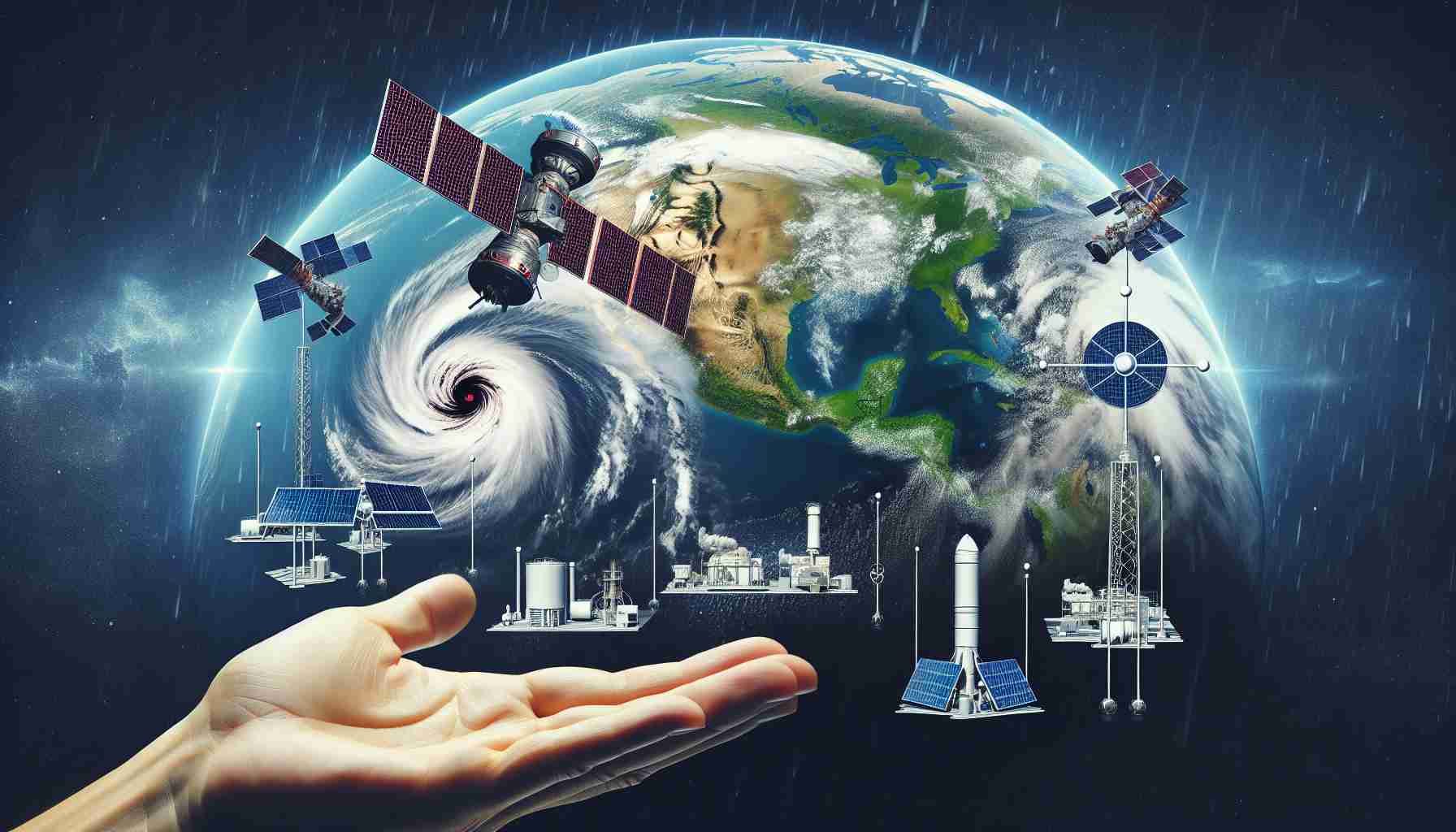
In an important initiative to support those affected by recent hurricanes, SpaceX’s Starlink has announced that it will provide free satellite internet service to impacted communities until the year’s end. This step aims to significantly enhance communication capabilities during recovery efforts in the wake of Hurricanes Helene and Milton.
The news was shared via Starlink’s official social media channel, highlighting the company’s commitment to assist individuals during this challenging time. The initiative follows a temporary clearance from the Federal Communications Commission (FCC) permitting SpaceX and T-Mobile to extend direct communication services via Starlink satellites in areas ravaged by these hurricanes.
Earlier this month, SpaceX’s CEO indicated that a system update would enable all Starlink units in the disaster zones to operate without payment. This decision was made in response to a growing demand for support, enabling users to access critical services without cost during the emergency.
Offering this service is a crucial development for helping local residents connect with emergency services and receive vital information. It follows the recent rollout of Direct-to-Cell functionality, which is particularly beneficial for sending emergency alerts related to the hurricanes.
This initiative by Starlink underscores the importance of innovative technology in crisis situations, illustrating how satellite communication can effectively contribute to disaster recovery and management efforts.
Starlink Steps In to Support Hurricane Relief Efforts
As communities grapple with the aftermath of Hurricanes Helene and Milton, SpaceX’s Starlink is stepping up its efforts to provide crucial telecommunications support. While its initiative to offer free satellite internet until the end of the year has been widely reported, there are additional facets of this mission that warrant closer examination, along with the challenges and implications tied to such rapid deployment of technology in disaster scenarios.
Key Questions and Answers
1. What are the primary challenges of deploying Starlink during disaster relief?
– One significant challenge is the infrastructure required for the satellite terminals to be operational. While Starlink’s satellites can be deployed quickly, local power outages can hinder the ability of ground equipment to function.
2. How does this initiative impact local providers?
– The introduction of free internet through Starlink might affect local ISPs that are struggling to maintain service. They may face competition from Starlink, which could lead to long-term disruptions in their service models.
3. What steps are taken to ensure the safety of the technology in disaster zones?
– Starlink has implemented protocols to ensure that their equipment are secure from flooding and debris. Additionally, they provide guidelines for safe deployment to minimize damage to the devices themselves.
Key Challenges and Controversies
One of the primary controversies surrounding Starlink’s intervention is the ongoing debate about the monopolistic tendencies of tech giants. Critics argue that while private companies like SpaceX provide essential services during disasters, their long-term influence over communication infrastructure may lead to higher service costs and reduced competition in the market.
Additionally, there are concerns about the reliability of Starlink in comparison to traditional ground-based communication systems, especially in severe weather conditions. With satellite communication often being susceptible to atmospheric interference, some experts question whether it can consistently meet the needs during recovery phases.
Advantages and Disadvantages
Advantages:
– Rapid Deployment: Starlink can mobilize fast, providing service where traditional networks may be down.
– Wide Coverage: With a constellation of satellites, Starlink offers connectivity over vast areas that may lack infrastructure.
– Direct-to-Cell Services: The ability to send emergency alerts directly to mobile devices can save lives during crisis situations.
Disadvantages:
– Infrastructure Dependency: Local power outages and damaged equipment can limit access to Starlink’s services.
– Potential Long-term Costs: Once the free service ends, users may be subject to fees that could be prohibitive.
– Regulatory Concerns: The rapid expansion of satellite internet raises questions about regulation and management of airwaves, which could impact future deployments.
As Starlink continues to play a pivotal role in hurricane relief, stakeholders will need to navigate these complexities carefully to ensure that technology supports recovery efforts effectively and equitably.
For additional insights into Starlink and its initiatives, visit SpaceX for the latest updates.



